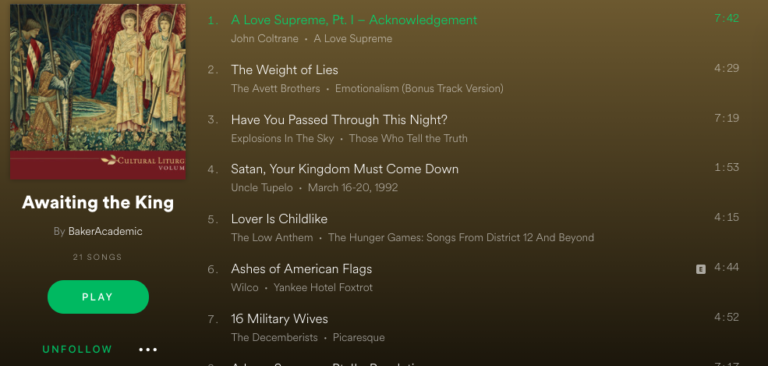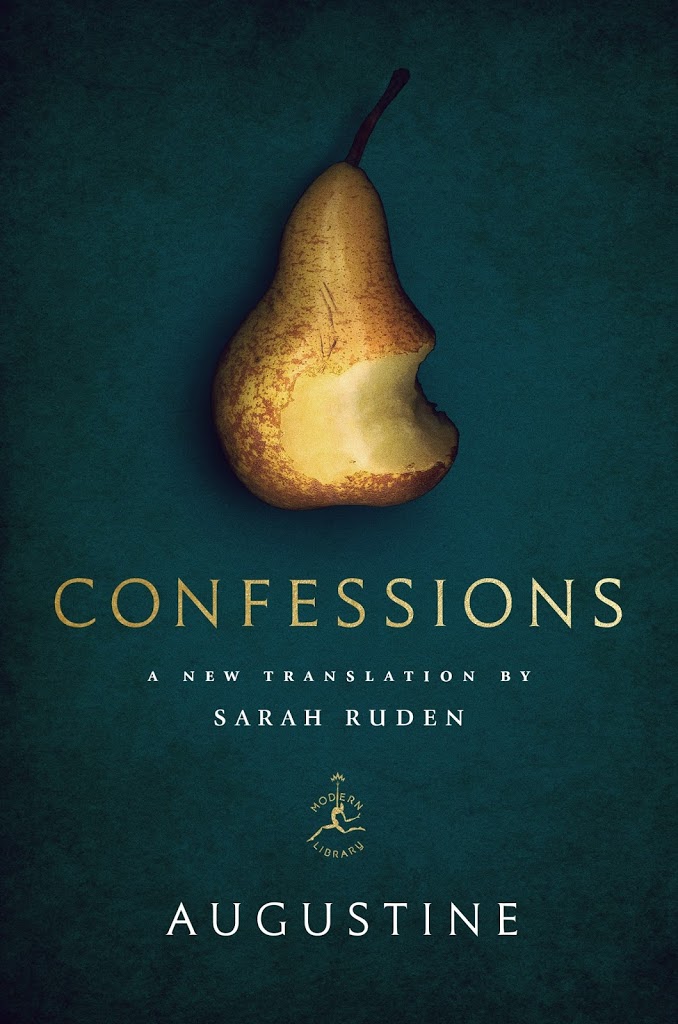(Re)articulating Redemption
 Anyone who has spent just a bit of time around the Reformed tradition will have encountered the encapsulation of a Reformed “worldview” in the conceptual triptych Creation-Fall-Redemption. This is meant to articulate a holistic understanding of salvation, rooted in an affirmative theology of creation and culture, coupled with a systemic understanding of sin and its effects, complemented by a cosmic understanding of redemption which reaches “far as the curse is found.”
Anyone who has spent just a bit of time around the Reformed tradition will have encountered the encapsulation of a Reformed “worldview” in the conceptual triptych Creation-Fall-Redemption. This is meant to articulate a holistic understanding of salvation, rooted in an affirmative theology of creation and culture, coupled with a systemic understanding of sin and its effects, complemented by a cosmic understanding of redemption which reaches “far as the curse is found.”
However, despite its potential as a heuristic that can break open the narrative arc of Scripture, the familiarity and ubiquity of the C-F-R formula in some circles can also dull its potential. So as a way to revitalize this vision, this past spring Comment magazine commissioned a project meant to re-articulate this vision. The hub of the project was Gideon Strauss’ wonderful Manifesto that proclaimed the vision, not just in terms of creation-fall-redemption, but wonder, heartbreak, and hope.
They then commissioned three related essays: Albert Wolters on creation, David Naugle on the Fall, and yours truly on Redemption. All three essays are now available online.
I was particularly grateful to be able to contribute since Desiring the Kingdom might give the impression that I’m rejecting “worldview” approaches en toto. But I’m not, and I hope this contribution makes that clear. Here’s a little sample from the conclusion of my essay:
But what does redemption look like? For the most part, you’ll know it when you see it, because it looks like flourishing. It looks like a life well lived. It looks like the way things are supposed to be. It looks like a well-cultivated orchard laden with fruit produced by ancient roots. It looks like labour that builds the soul and brings delight. It looks like an aged husband and wife laughing uproariously with their great-grandchildren. It looks like a dancer stretching her body to its limit, embodying a stunning beauty in muscles and sinews rippling with devotion. It looks like the graduate student hunched over a microscope, exploring nooks and crannies of God’s micro-creation, looking for ways to undo the curse. It looks like abundance for all.
Redemption sounds like the surprising cadences of a Bach concerto whose rhythm seems to expand the soul. It sounds like an office that hums with a sense of harmony in mission, punctuated by collaborative laughter. It sounds like the grunts and cries of a tennis player whose blistering serve and liquid forehand are enactments of things we couldn’t have dreamed possible. It sounds like the questions of a third grader whose teacher loves her enough to elicit and make room for a sanctified curiosity about God’s good world. It even sounds like the spirited argument of a young couple who are discerning just what it means for their marriage to be a friendship that pictures the community God desires (and is).
Redemption smells like the oaky tease of a Napa Chardonnay that births anticipation in our taste buds. It smells like soil under our nails after labouring over peonies and gerber daisies. It smells like the steamy winter kitchen of a family together preparing for supper. It smells like the ancient wisdom of a book inherited from a grandfather, or that “outside smell” of the family dog in November. It smells like riding your bike to work on a foggy spring morning. It even smells like the salty pungence of hard work and that singular bouquet of odors that bathes the birth of a child.
Redemption tastes like a fall harvest yielded though loving labour and attentive care for soil and plant. It tastes like a Thanksgiving turkey whose very “turkeyness” comes to life from its own animal delight on a free range. It tastes like the delightful hoppy bitterness of an IPA shared with friends at the neighbourhood pub. It even tastes like eating your broccoli because your mother loves you enough to want you to eat well.
So redemption looks like the bodily poetry of Rafael Nadal and the boyish grin of Brett Favre on a good night; it sounds like the amorous giggles of Julia and Paul Child and smells like her kitchen; it reverberates like the deep anthems of Yo-Yo Ma’s cello; it feels like the trembling metre of Auden’s poetry or the spry delight of Updike’s light verse; it looks like the compassionate care of Paul Farmer and Mother Theresa. Redemption can be spectacular and fabulous and (almost) triumphant.
But for the most part, Spirit-empowered redemption looks like what Raymond Carver calls “a small, good thing.” It looks like our everyday work done well, out of love, in resonance with God’s desire for his creation—so long as our on-the-ground labour is nested as part of a contribution to systems and structures of flourishing. It looks like doing our homework, making the kids’ lunches for school, building with quality and a craftsman’s devotion, and crafting a municipal budget that discerns what really matters and contributes to the common good. Of course, redemption is the fall of apartheid, but it’s also the once-impossible friendships forged in its aftermath. It’s an open seat on the bus for everyone, but it’s also getting to know my neighbours who differ from me. It’s nothing short of trying to change the world, but it starts in our homes, our churches, our neighbourhoods and our schools.
It should not surprise us that redemption will not always look triumphant. If Jesus comes as the second Adam who models redemptive culture making, then in our broken world such cultural labour will look cruciform. But it will also look like hope that is hungry for joy and delight.



